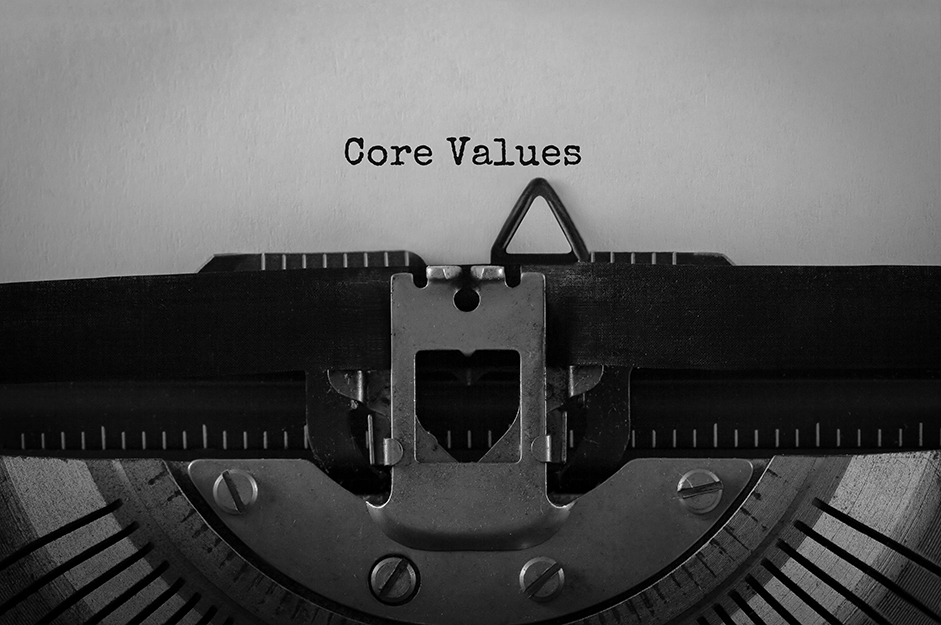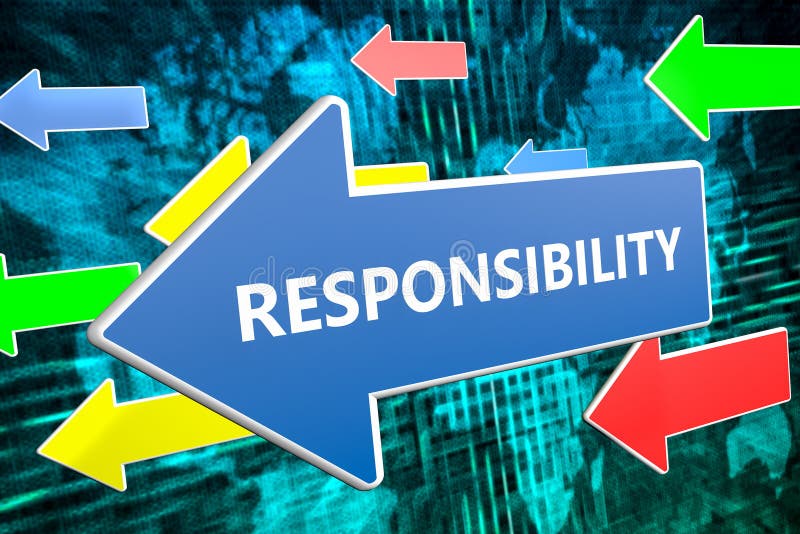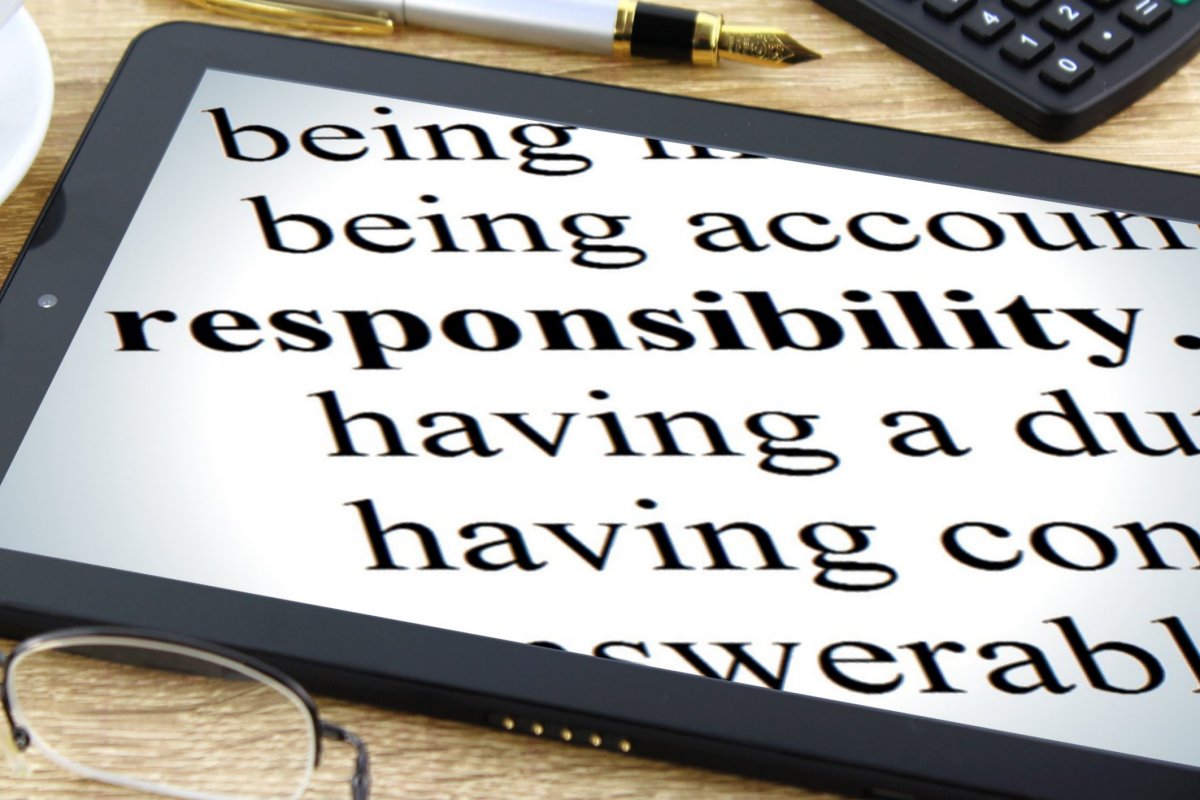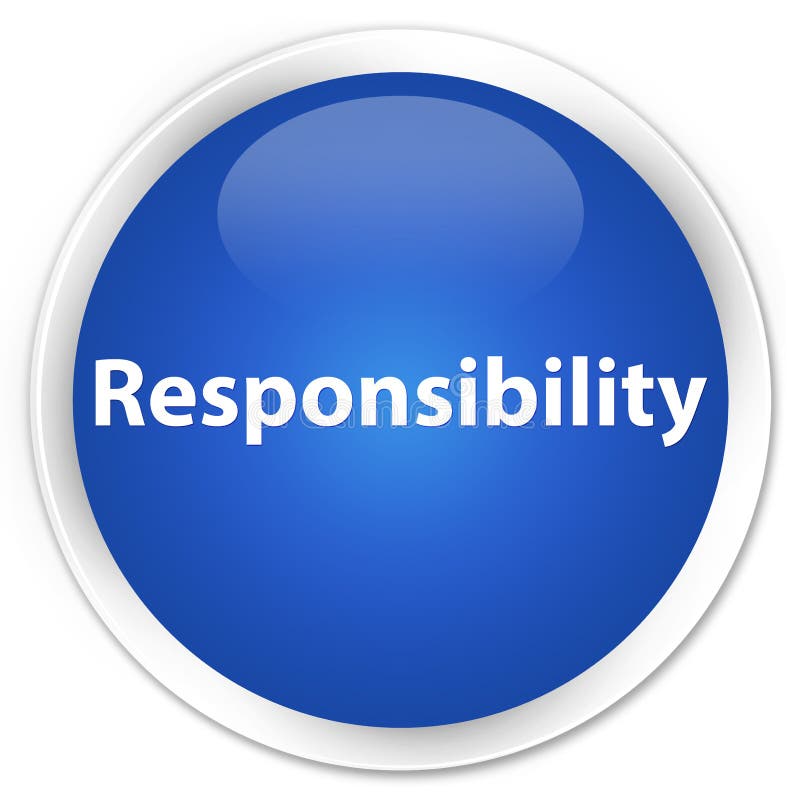Here’s A Quick Way To Solve A Info About Managing P&l Responsibility

Profit and loss management then means how a business handles its losses and profits concerning income and expenditure.
Managing p&l responsibility. Let’s dive right in with an example of an executive resume that includes p&l responsibility. Profit and loss responsibilities at an organization often includes overseeing cash flow and advising on budget allocations for either a department or the organization as a whole.
As a p&l manager, your major duties are. Managing p&l means supervisors and other administrators are working toward maximizing profits and minimizing expenses. Managed p&l for a $50m business unit, responsible for budgeting, forecasting, and financial analysis.
Senior executives with p & l responsibility must have complete ownership of the business unit’s successes and failures. Profit and loss, or p&l, management is a set of processes that senior executives and other business leaders use to maximize a company's profits and. P&l ( profit and loss) responsibility is undoubtedly one of the essential duties of any executive role.
The balance sheet, on the other hand, is a. The p&l manager has direct.
P&l management is analyzing and interpreting the p&l statement of the business, and taking corrective actions when needed, with the main goal of maximizing net profits at. The p&l or income statement, like the cash flow statement, shows changes in accounts over a set period of time. It involves monitoring net income after expenses for a.
Effectively managing a company’s p&l involves several key steps: Finance teams that have mastered p&l management don’t just deliver accurate income statements and variance reports — they dig into the numbers, identify. Profit and loss management is managing income (incoming cash flow) and expenses (outgoing cash flow) to ensure that a business earns a net operating profit.
Managing p&l hence involves monitoring the “ins” and the “outs” in order to generate a net income and return for the entire business.






![How To Show P&L Responsibility on Your Resume [With Examples]](https://resumeworded.com/blog/content/images/size/w1050/2022/12/PLmanagement_small.jpg)





.gif)





